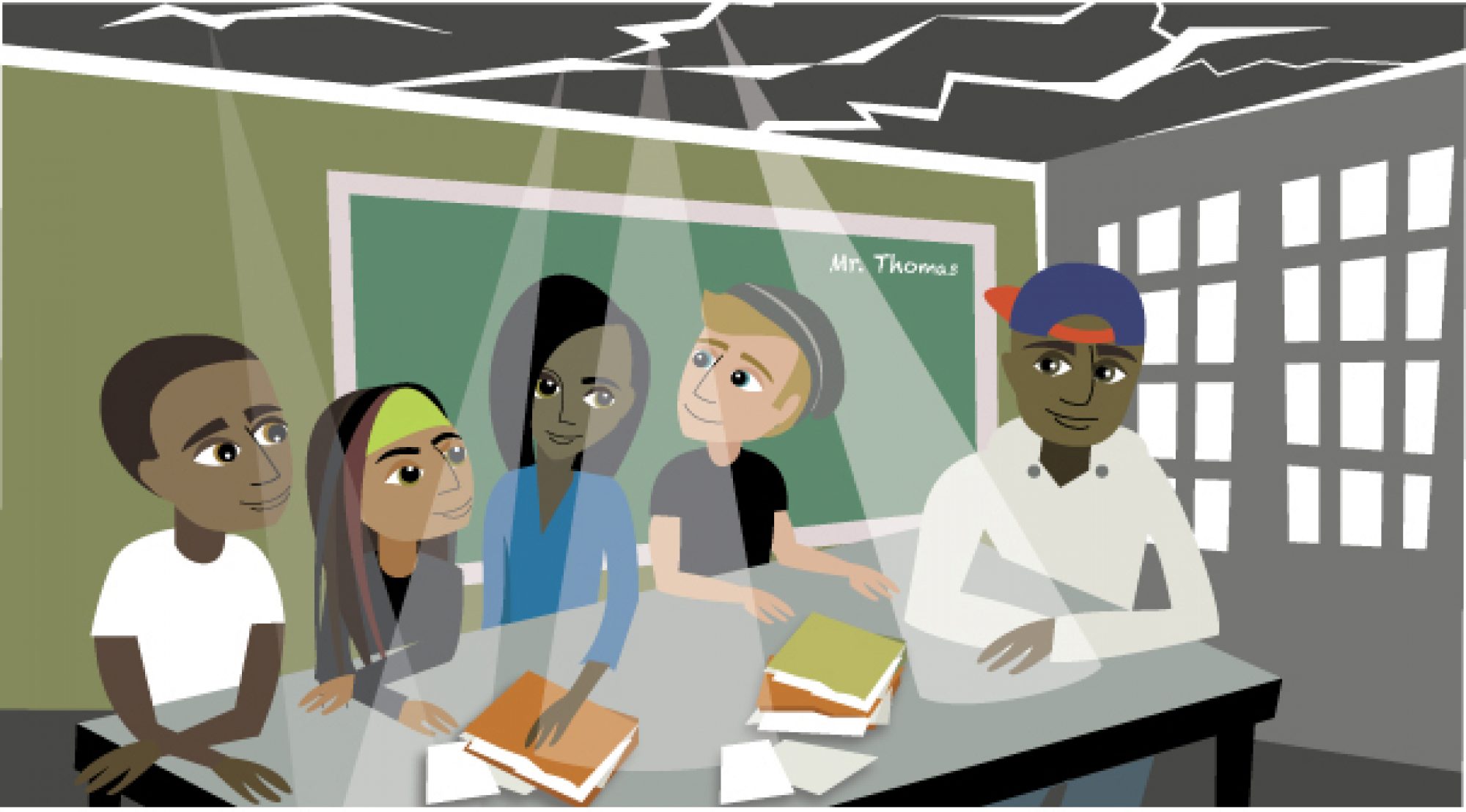Teaching differently with thematic units
Why use thematic units when teaching social studies in an alternative education program? Here are three good reasons why I’m making the change.
Always begin with the student in mind
Many alternative education programs are established to give students a second chance at learning following an expulsion from his or her traditional school. For a number of reasons beyond the scope of this post, the student newly assigned to an alt-ed program has spent several weeks, (or more), away from a classroom. Most often, this student has a long history of not being successful in a regular school setting and has significant gaps in both content and skill knowledge. Compounding his or her academic deficiencies, particularly in history courses, is the common practice of returning the student to a chronologically-based curriculum. This puts the student at a great disadvantage for learning concepts such as continuity and change over time without knowing what changed and what retained common patterns. But the placement of a student at some chance point of a chronological narrative robs the student of more than content knowledge.
Skill development requires repetition
Understandably, we teachers are expected to develop higher-order thinking skills in all of our students. One huge obstacle to this is having the dual opportunities to teach students critical learning skills and have those skills practiced multiple times until mastery is reached. However, when absences – enforced by policy, circumstances, or avoidance issues – are an issue with a student, chronological teaching of history further becomes problematic.
Most teachers I know really hit the various skills at the beginning of the semester. Summarizing, analyzing, comparing and contrasting all tend to be lessons generously incorporated into study topics during the first month or two of classes. While those skills are continuously used throughout the year, there’s an expectation that the student has had adequate time to internalize and apply them as a means to an end. This isn’t the case in many alternative education circumstances.
Students returning from incarceration, absences from school during the due-process period of an expulsion process, as well as truancy all have young people arriving late in the grading period or semester. Their peers who were assigned early in the rotation have relearned and practiced skills to varying levels of proficiency and no longer need much scaffolding, let alone introductory examples.
Whether a student arrives in an alternative program early or even late in a semester, teaching thematic units allows more opportunity to differentiate process during every one of the multiple units taught during the grading period. This leads us to my final reason for teaching differently, which is student choice.
Give the kid a choice
Don’t get me wrong; the opportunities for student choice when teaching history chronologically are numerous. However, teaching social studies using thematic units provide even more ways for a student to follow his or her interests. I’ll use the period of Reconstruction and the larger theme of civil rights as an illustration.
Teaching the period of U.S. history generally dated as 1865-1877 affords many different avenues for students to explore as they attempt to make sense of Reconstruction. The period provides options such as studying the collection of larger-than-life figures from Thaddeus Stevens to Nathan Bedford Forrest and from Hiram Revels to Oliver Howard. The issues of the day, democracy, race, divided government, and back-room politics are also downright juicy topics into which students can dive and then share out in a swap meet of knowledge. But think about the dynamics of choice when Reconstruction is studied as part of a larger civil rights thematic.
Many contemporary students are, alas, not entirely sure when slavery ended in the United States, with more than a few reasonably sure that outcome was brought about by Dr. King. These are not poor students, but rather, students trying to find relevancy between the past and their own troubled times. I argue that there is an added benefit to teaching a thematic unit that includes current events of which the student has some knowledge in the context of related events and issues that predate our sixteenth president.
Of course, any competent teacher can make connections between the present and the past while teaching history chronologically. The difference is that with a thematic unit, the student can make that connection on his or her own by seeing multiple examples of events over time. The teacher’s challenge then becomes carefully planning a rich learning experience that exposes the student to interesting choices.
